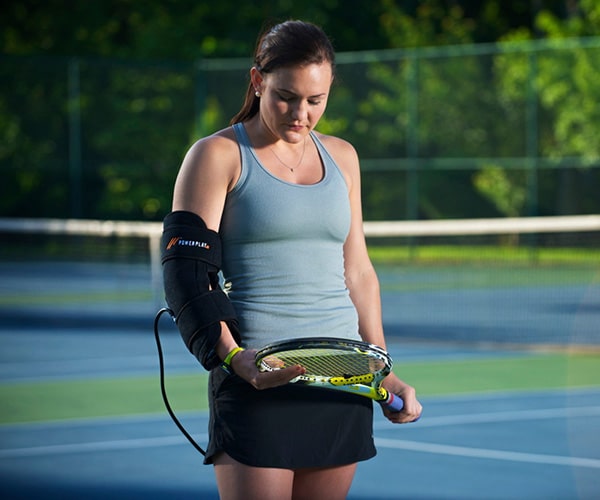
Compression Therapy for Athletes: Enhancing Performance
In sports and athletics, achieving peak performance and swift recovery is critical for every athlete. Compression therapy has gained significant attention as a promising method to aid athletes in reaching their optimum potential and expediting recovery. Let’s delve into compression therapy and explore how it can be a game-changer for athletes.
What is Compression Therapy?
Compression therapy is a popular and effective technique athletes use to improve performance, aid in recovery, and prevent injuries. It involves specialized compression garments, such as compression socks, sleeves, or tights, which apply controlled pressure to specific areas of the body, typically the limbs. The pressure exerted by these garments helps support the muscles and enhance blood circulation, which, in turn, can lead to various performance benefits.
How Does Compression Therapy Work?
Your doctor will assess the appropriate compression level based on your health needs. Qualified personnel will measure you for a proper fit and guide you on wearing and removing them. Some individuals may use devices to aid in wearing socks. The treatment typically lasts around 30 minutes. Compression therapy exerts pressure on your lower legs, promoting blood flow back to the heart, preventing clotting, and reducing swelling. Your doctor may recommend compression therapy alone or alongside other treatments for optimal results.
Benefits of Compression Therapy for Athletes

Compression therapy offers athletes a wide range of benefits, helping them achieve their best performance and recover faster after intense workouts or competitions.
- Improved Blood Circulation: Compression therapy exert controlled pressure on the limbs, helping to enhance blood circulation. This improved blood flow ensures that essential nutrients and oxygen reach the muscles more efficiently, reducing lactic acid buildup and other metabolic byproducts. As a result, athletes experience reduced muscle fatigue and cramps during and after physical activity.
- Reduced Muscle Soreness and Fatigue: Compression therapy minimizes the risk of micro-tears in the muscle fibers by providing support to the muscles and reducing muscle oscillation. It decreases post-exercise muscle soreness and fatigue, allowing athletes to recover faster between training sessions.
- Enhanced Performance: Athletes often experience enhanced performance during their workouts or competitive events with improved blood circulation and reduced muscle fatigue. The added support from compression therapy can provide stability, enabling athletes to push their limits and perform at their best.
- Injury Prevention: It can help prevent certain injuries by providing targeted support to specific muscle groups and tendons. The added compression aids in stabilizing joints and reducing the risk of strains, sprains, and other sports-related injuries.
- Support for Muscle Warm-up and Cool-down: Wearing compression garments during warm-up exercises can prepare the muscles for intense physical activity by increasing blood flow and raising muscle temperature. Similarly, compression therapy during the cool-down phase helps remove waste products from the muscles and promotes a more efficient recovery.
- Swelling Reduction: Athletes involved in sports with repetitive impact or long-duration activities may experience swelling in the legs and lower extremities. Compression therapy can effectively reduce such swelling by aiding in fluid movement and preventing tissue buildup.
Conclusion
In conclusion, compression therapy is a valuable tool that can significantly benefit athletes. By promoting better blood circulation, reducing muscle fatigue, and providing targeted support, compression garments contribute to enhanced athletic performance and quicker recovery times. Athletes should be mindful of individual responses and choose the appropriate compression level and fit for maximum benefits. However, schedule a consultation with the professional at BitCare Medspa and Wellness. You can also give us a call at +1 469-750-2273 and visit our website to explore more treatments to make some self-care love.
FAQs
Q: How long should athletes wear compression garments post-workout for optimal recovery?
A: The duration of wearing compression garments post-workout can vary based on individual preferences and needs. However, wearing them for at least 1-2 hours after exercise is often recommended for effective recovery.
Q: Can compression therapy be used for injury rehabilitation?
A: Compression therapy can be beneficial during injury rehabilitation in certain cases. However, it’s essential to consult with a healthcare professional to determine the suitability and timing of its use for specific injuries.
Q: Are compression garments only beneficial for professional athletes?
A: Compression therapy can benefit athletes of all levels, from recreational enthusiasts to professional athletes, by aiding in performance and recovery.


